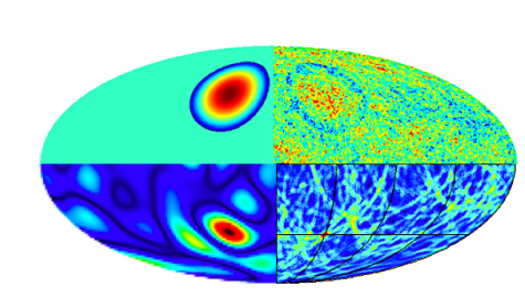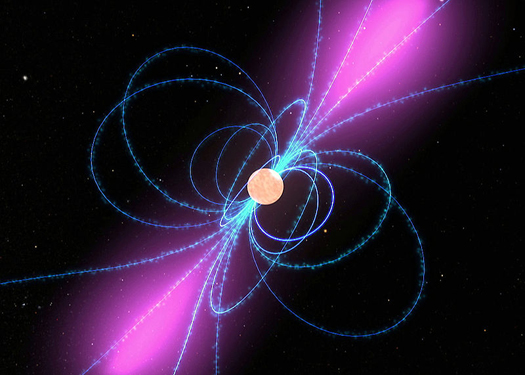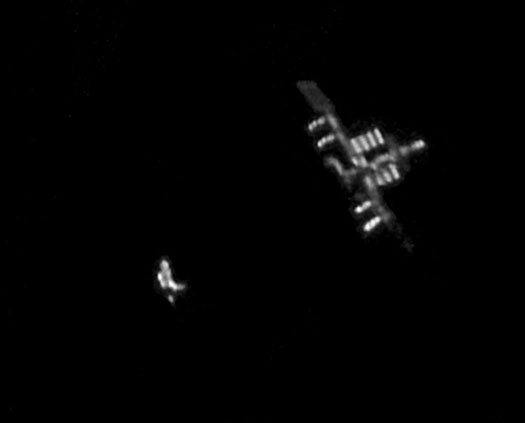

Some astronomers spend their careers peering at and discovering distant galaxies; Sukanya Chakrabarti is trying to discover one a lot closer to home. Chakrabarti, a post doctoral fellow and theoretical astronomer at UC Berkeley has developed a mathematical formula that she says can identify and measure small, “dark” satellite galaxies orbiting larger galactic disks, and she thinks she’s found an undetected one just on the other side of the Milky Way from Earth, obscured from our view by the dust and gas in the galaxy.
Well, it’s also obscured from our view by the fact that it’s mad mostly of dark matter. Dwarf galaxies are thought to orbit many large galaxies like the Milky Way, though we can’t readily observe them because they are too dim to see or are dominated by dark matter. Chakrabarti’s method observes them indirectly by analyzing the ripples in the hydrogen gas distribution in spiral galaxies and inferring the position and size of the satellites.
Chakrabarti calls her hidden galaxy “Galaxy X,” a tip of the hat to “Planet X,” a tenth planet that was once thought to be orbiting beyond Pluto due to erroneous observations of anomalies in the orbit of Neptune. Unlike Planet X, Chakrabarti and a few colleagues say her mathematical model shows that Galaxy X is there, just 300,000 light years from the galactic center (the galactic radius is about 50,000 light years). Another astronomer has even applied for time on the Spitzer Space Telescope to peer at Galaxy X in infrared wavelengths.
The team has reason to have faith in the numbers; in collaboration with partners at the Canadian Institute of Theoretical Astrophysics, it looked at a couple of galaxies already known to have satellite galaxies that have been characterized through astronomical observation. Their mathematical analysis, when applied to these galaxies, correctly predicted the positions and masses of their satellites. Chakrabarti says her method should work for satellites as small as one one-thousandth the mass of the host galaxy.
While they wait on telescope time, the team plans to refine Chakrabarti’s formula by studying a larger sample of galaxies and their satellites in an effort to mitigate the appearance of false positives. If the formula holds up, it might not just be a tool for locating and characterizing dark satellite galaxies, but could become a tool for testing dark matter theories and learning more about the elusive stuff that, in theory, makes up most of the universe.














